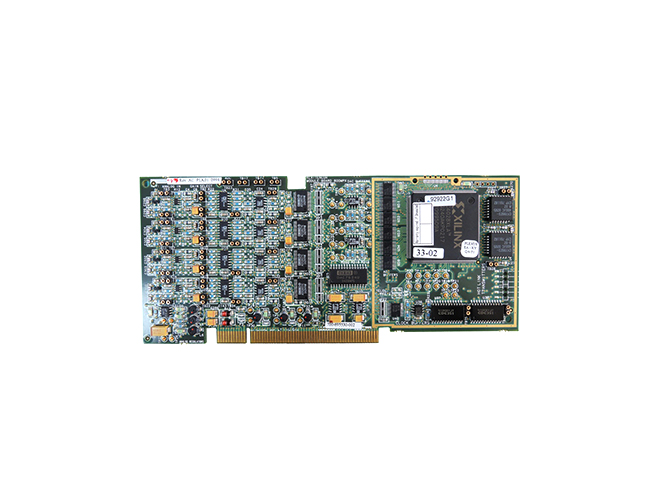-
CN
-
Service Hotline
+8618129931046 Mr. Liao


Time:2025-06-11 Views:1

Wave soldering is a widely used mass soldering process for double - sided circuit boards, and optimizing its process parameters is crucial for achieving high - quality solder joints with minimal defects. The main process parameters in wave soldering for double - sided PCBs include wave height, soldering temperature, soldering time, preheating temperature, and flux application.
Wave height refers to the height of the molten solder wave in the wave soldering machine. For double - sided circuit boards, an appropriate wave height is necessary to ensure that all the components on both sides of the board are properly wetted by the solder wave. If the wave height is too low, some components may not be soldered properly, resulting in cold joints or non - wetting defects. On the other hand, if the wave height is too high, it may cause solder bridging between components or excessive solder accumulation. Typically, the wave height is adjusted based on the component height and the board thickness, usually in the range of 8 - 12mm.
Soldering temperature is another critical parameter. The soldering temperature needs to be high enough to melt the solder alloy completely and ensure good wetting of the component leads and PCB pads. For most common solder alloys, such as tin - lead or lead - free alloys, the soldering temperature is usually set in the range of 230°C - 260°C. However, for double - sided PCBs with heat - sensitive components, lower soldering temperatures may be required, and special heat - resistant materials or techniques may need to be used to protect the components from damage.
Soldering time is the duration for which the PCB is in contact with the solder wave. A longer soldering time can improve the wetting of the solder, but it also increases the risk of overheating the components and the PCB. For double - sided PCBs, the soldering time is usually controlled within 3 - 5 seconds to ensure proper soldering while minimizing the potential for thermal damage.
Preheating is an important step in wave soldering for double - sided PCBs. Preheating helps to remove moisture from the PCB and components, reduce thermal stress during soldering, and activate the flux. The preheating temperature and time are adjusted based on the type of flux used, the board material, and the component characteristics. Generally, the preheating temperature is set in the range of 80°C - 120°C, and the preheating time is around 1 - 3 minutes.
Flux application is also a key factor. The flux helps to clean the surfaces of the component leads and PCB pads, reduce the surface tension of the molten solder, and improve wetting. The amount and type of flux applied need to be carefully controlled. Too much flux can cause excessive residue, which may lead to electrical problems, while too little flux may result in poor soldering quality. Different flux application methods, such as spray fluxing or foam fluxing, can be used depending on the specific requirements of the double - sided PCB.